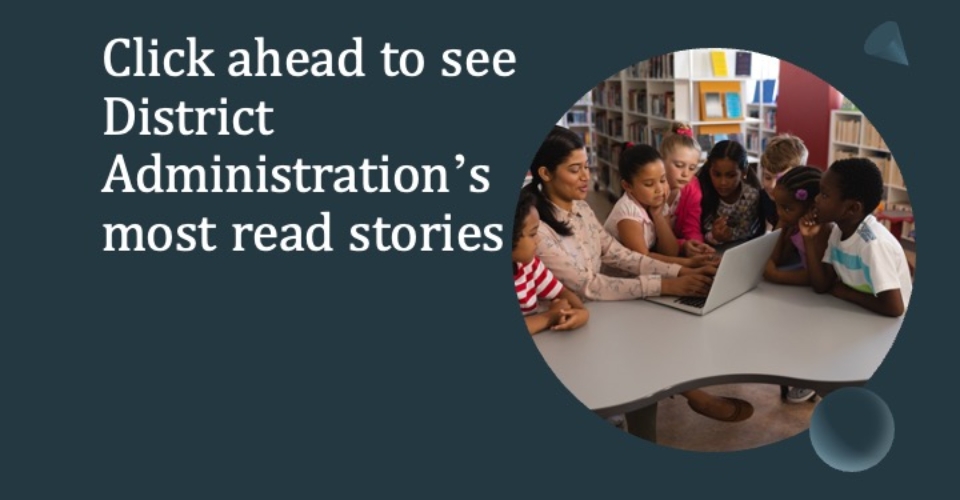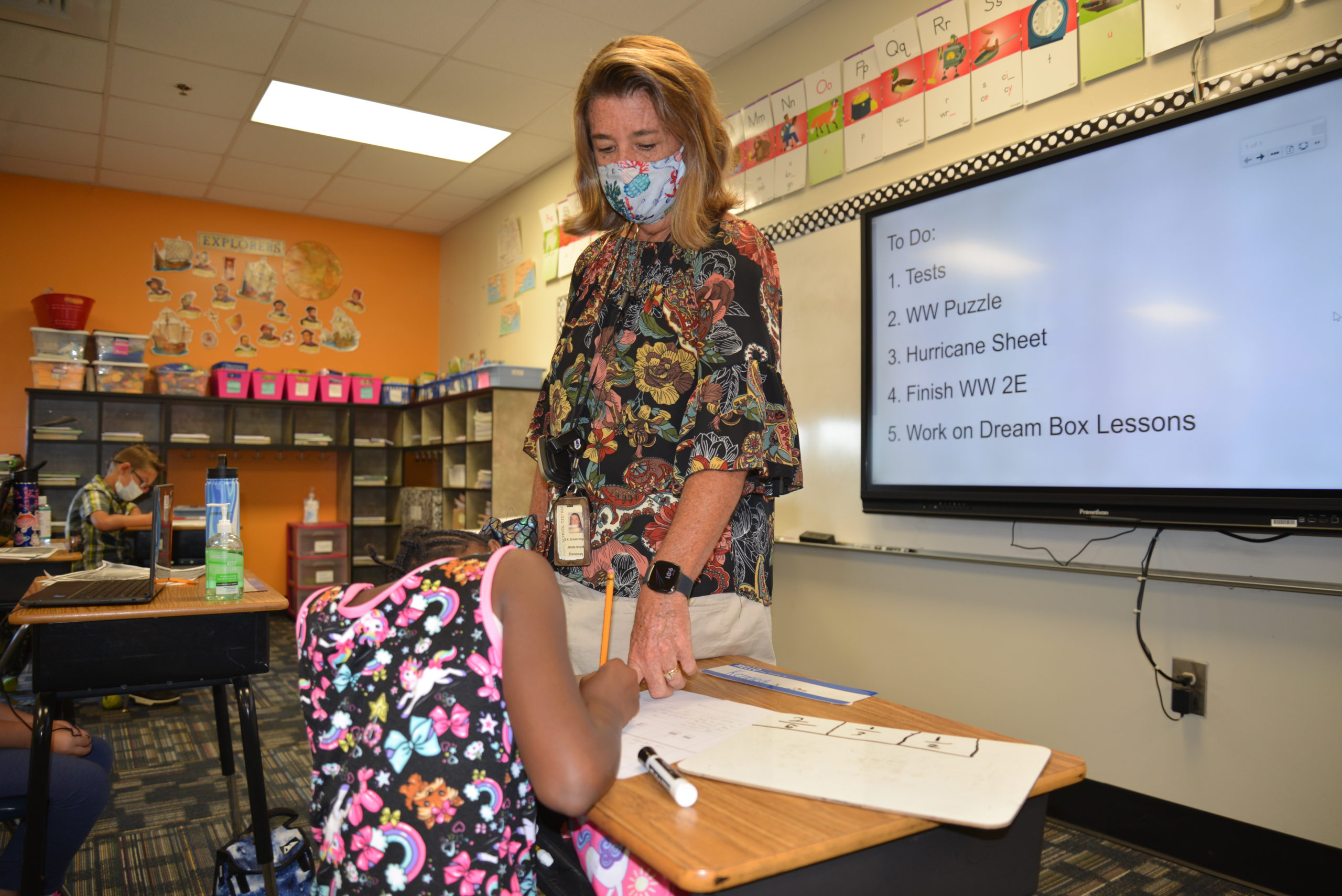It doesn’t take research to inform you about the pandemic’s toll on K12 education. You saw it play out in your schools. But the data does help explain the sheer depth of its impact on students and teachers. And to no surprise, the data paints a grim picture.
A federal study released Wednesday titled, “Report on the Condition of Education 2023,” compiled multiple studies that point to Covid’s impact on schools, students and teachers in 2021-22.
The report, which was published by the Education Department’s National Center for Education Statistics (NCES), indicates that, overall, public school enrollment took a hit in 2021 with 39.4 million students, a decline of 3% compared to 2019 figures. On the other hand, data on America’s public charter schools tell a different story. For more than a decade, public charter school enrollment has been on the rise as enrollment has more than doubled to 3.7 million students since the fall of 2010, an overall increase of 1.9 million students.
In addition, there were signs of rebounding for pre-K and kindergarten students. For instance, the number of 3- and 4-year-olds in school grew by 10 percent to 50% in 2021 compared to 2020.
“The condition of education, as one might expect, is a complicated picture for the United States,” NCES Commissioner Peggy G. Carr said in a media briefing with reporters. “And things have been complicated more, I think, by the past two or three years, as we have struggled with a pandemic impact across our nation.”
Student achievement, particularly in math and reading, also took a hit. According to student performance from the National Assessment of Education Progress, fewer 4th-grade students were “NAEP Proficient” (33%) in reading in 2022 than in 2019 (35%). Math scores fell even more as only 36% of students achieved “NAEP Proficient” in 2022 compared to 41% in 2019.
More from DA: Most teachers will return next year, but they want these 2 challenges resolved
Also among the rather dim conclusions drawn from the report is the pandemic’s widespread impact on teacher shortages in 2020-21, particularly in subjects like foreign languages, special education, physical sciences, bilingual education, mathematics and computer science. Also contributing to these openings is a shrinking teacher pipeline, the research adds. In the span of 30 years, enrollment in traditional teacher prep programs has fallen 30%. Completion rates have also dipped by 28%.
Added to this exodus of teachers are districts’ difficulties in hiring mental health support staff. As of April 2022, nearly 70% of public schools reported an increase in the number of students seeking mental health services in their schools since the start of the pandemic. However, only 12% of schools “strongly agreed” that they were able to effectively provide the mental health services students needed.
“These challenges include declines in math and reading scores during the pandemic and greater numbers of students seeking mental health services,” Carr said in a statement. “This is happening against the backdrop of difficulties hiring teachers and changes in enrollment patterns; for example, a drop and partial rebound for public pre-K and kindergarten enrollment. Our understanding of these issues will grow as NCES continues to collect and report data in the coming months and years.”









